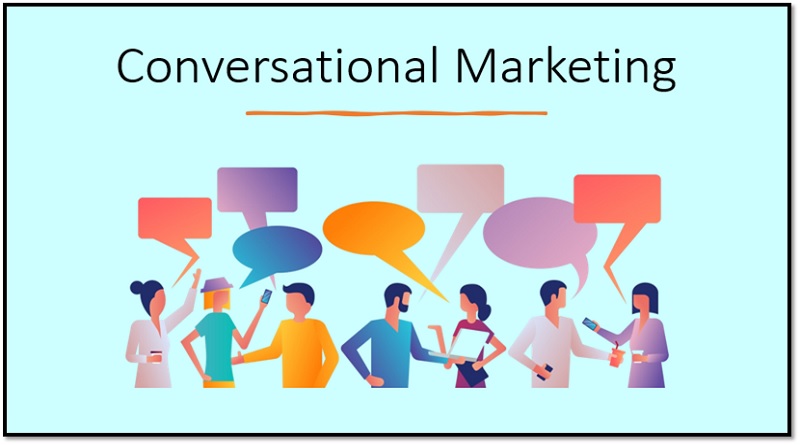5 Reasons Why Conversational Marketing Should Be Your Next Strategy

Marketers are forced into a difficult situation. Customers’ preferences for interacting with brands are evolving. The proliferation of data limitations is limiting the methods by which marketers can gather audience data. But above all, there is too much rivalry, which has reduced the effectiveness of digital channels and made it difficult for companies to stand out. With their backs against the wall, marketers have two options: invest more time and money in outdated strategies, or adopt a fresh strategy called conversational marketing. Here are five benefits of conversational marketing:
1. Find success in social media marketing despite its decline.
Customer engagement channels that were formerly successful are no longer effective. For our recent State of B2B Conversational Marketing research, we polled 400 marketers, and the results showed that 90% of them had noticed at least one of their channels declining. The top channel that isn’t working anymore? the internet. Although 83 percent of consumers claim that social media is where they find new goods and services, you can’t just stop using it. Simply by engaging with customers in one-on-one interactions, you can adopt a new strategy. “Click to chat” advertisements entice users into a tailored conversation through private messaging, where chatbots elicit information and direct users to the goods and services they need. They open a direct retargeting channel where you can act on the data you collect to personalize offers and re-engage people in a timely way. Why not have your brand sitting in a customer’s inbox next to their friends and family?
2. Collect zero- and first-party data for personalized customer engagement.
Customer attitudes about data sharing are evolving, which has resulted in further limitations on the methods and timing of audience data collection by marketers. According to 59 percent of marketers questioned, these laws are reducing the effectiveness of their strategies. Today’s marketers must acquire both first- and zero-party data because of this. The beautiful thing about conversational marketing is how simple it makes this. When you interact with customers in a way that puts their privacy first, you not only increase their trust in you, but you can also gather a tonne of zero-party data that you can use to better personalize future conversations. This is important because 80% of customers are more likely to buy from a brand that provides personalized experiences.
Related story: How CMOs Can Prepare for the Future of Conversational Marketing
3. Customer acquisition efforts can be easier and more effective.
The primary goal of the marketers surveyed is to gain new clients. It’s also the largest problem they face. You frequently spend your cash on campaigns that might or might not bring in additional clients and revenue because of competition, data limitations, and shifting consumer preferences. What if you could boost every acquisition statistic with a single strategy? Your metrics throughout the client lifecycle will be dramatically improved by engaging customers with automated and helpful experiences. You don’t have to be one of the 85% of brands who struggle to engage their customers at their preferred time once you’ve had a conversation with them; you can retarget customers via messaging in the future.
4. Further your customer engagement through the right messaging channels.
According to our report, 72 percent of marketers are finding their conversational marketing efforts effective. If you’re going to where your customers already are and engaging them in one-to-one conversations, of course, you’ll see results – even just for the fact that you’re doing something different. However, your success is a result of choosing the right messaging channels to use. Consider the features and entry points on each channel and how they will align more with your goals and use cases. Choosing your best approach means thinking about the customer journey into the channel, or going where your highest valued audience is.
5. Scale your ‘always on’ conversations across languages and markets.
Automation lets your conversational marketing scale and always be on. Conversational artificial intelligence and great conversation design allow you to create a chatbot with a personality that’s fun to interact with and that can be responsive to a customer even if they “go off-script.” Additionally, a robust conversational marketing platform can help you scale across languages and markets by duplicating conversation paths and bot structures. Finally, automation allows you to always be on and available when customers want to interact with you. They won’t have to wait for a live agent to respond – by which point they might already be messaging with your competitor.
Conclusion
Will you try doing more of the same to battle your way out if you’re a marketer trapped by dwindling channels, data limits, unsuccessful campaigns, and unsure strategies? Or are you going to rely on conversational marketing to initiate private, one-on-one dialogues with your audience? The latter will not only set you out from a crowded market, but it will also help you scale and speed up your future marketing approach.




